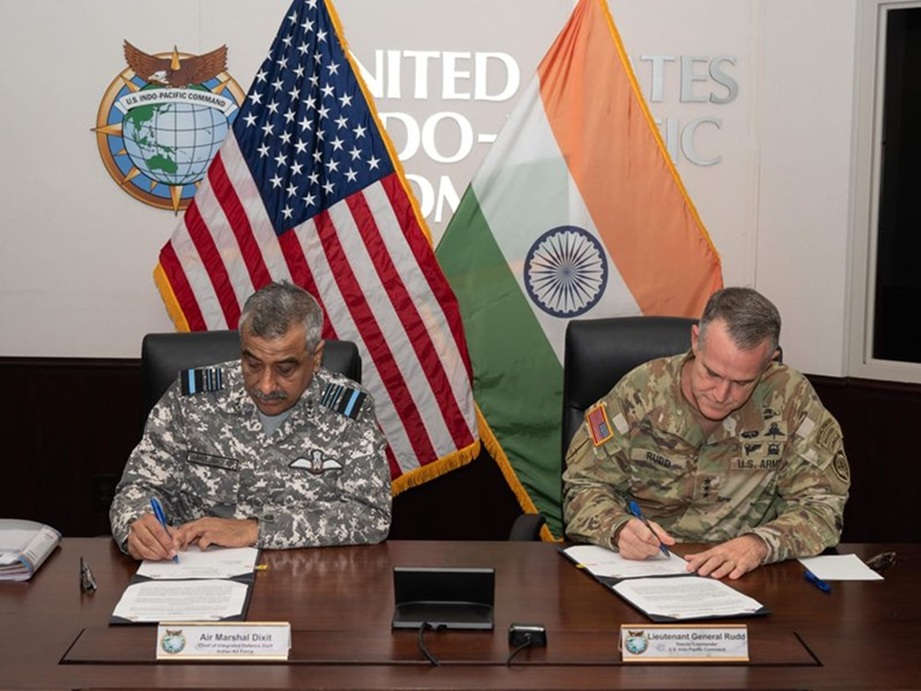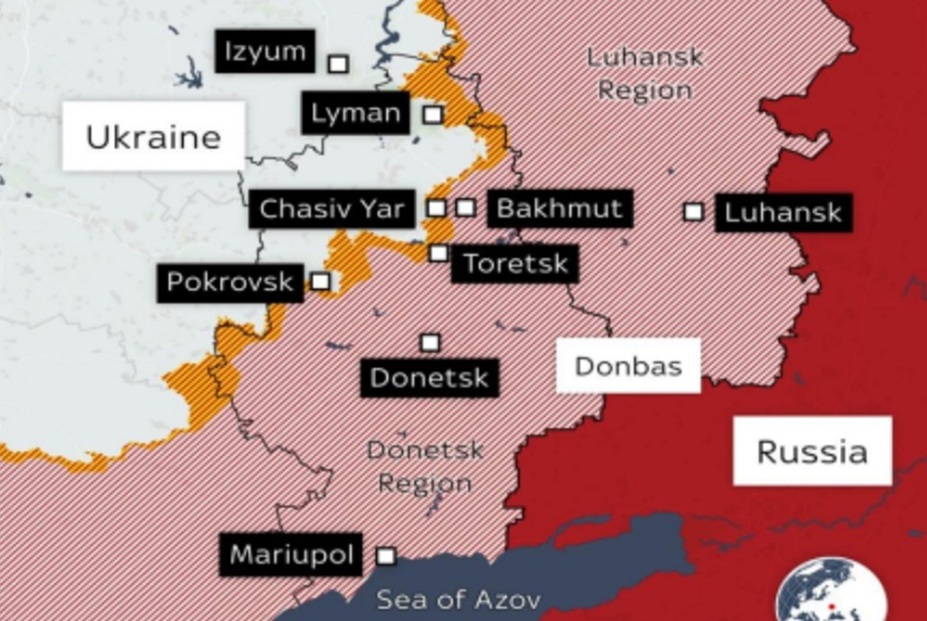The Indian Navy’s present force level comprises 150 warships/ submarines and around 300 aircraft and UAVs. Around 50 warships and submarines are currently under construction at various shipyards across India.
Historically, India and Oceans have had an unbreakable relationship for ages. It has been observed that India had displayed its maritime prowess since 321 BCE when Chalukya established both Maritime Trade and Maritime warfare Fleets. Cholas had a strong Naval force a decade back. This great naval prowess reached its apex during Chhatrapati Shivaji Maharaj’s rule. Today Chhatrapati’s octagonal seal finds pride of place on the India Navy’s flag. It has also been observed that the Indian Naval Mutiny of 1946 in the pre-independence era, gave a decisive twist to India’s struggle for Independence.
After independence, the Royal Indian Navy changed its avatar to Indian Navy. However, for many years thereafter, the Indian Navy was perceived as a decorative arm. This perception started changing in 1965 onwards and after the Indian Navy’s glorious action-filled performance in the 1971 Indo-Pak war, the government and the populace realized the importance of the Indian Navy and of the national maritime prowess.
The Role
We need to note that the Indian Navy not only guards the nation’s vast coastline but also protects both its culture and civilization. Indian Navy is now counted as one of the most progressive and influential naval forces. Indian Navy, today, is capable of Surface, sub-surface and aerial warfare. State-of-the-art Aircraft Carriers, well-armed battleships, anti-submarine warfare ships, Supply ships and tankers and variedly capable aircraft and helicopters form the backbone of the Indian Navy’s capabilities.
Whether it is the Patrolling of seas, emergency supplies or evacuation of Indian and other nationals from war/calamity-affected areas, the Indian Navy is always at the forefront. It has earned kudos from even developed countries, for its varied capabilities and selfless service. Currently, the world is passing through a turbulent environment and there are markings everywhere that this situation would go from the bad to the worse. Red Sea, Arabian Sea, Indian Ocean, Bay of Bengal, South China Sea and Indo-Pacific region all are victims of this turbulent environment. Piracy and missile/rocket attacks on merchant ships are affecting the trade and economy in these regions.
China’s clandestine activities in the Indo-Pacific and Indian Ocean regions have also contributed towards the global turmoil. This turmoil has affected India’s safety, security and economic activities. Indian Navy is aware of all of the above-mentioned impacts and is working to minimize their adverse effects on India.
Operation Talwar During the Kargil War
It would be important to note that the Indian Navy had played an important role during the Kargil War, as a force multiple, in support of Indian Army operations. This had been codenamed as ‘Operation Talwar’. During this operation, both Eastern and Western naval fleets were deployed in action. Indian Navy’s actions resulted in a blockade-like situation near the Karachi Port of Pakistan and hampered its trade operations. This in turn affected Pakistan’s economy and the Oil security. On this situation then Pakistan Prime Minister- Mr. Nawaz Sharif- had said “If an all-out war had broken out between India and Pakistan, its war potential could have been badly affected by low Oil reserves – sufficient for only 6 days of operations”. This statement highlights effectivity of the operations by the Indian Navy.
It is also important to note that while OP Talwar was in progress, the Indian Navy simultaneously launched ‘SummeEx’ which enhanced the effectiveness of Op Talwar. This further affected the war potential of Pakistan. In addition to this, the Indian Navy’s MARCOS (Commandos) were appreciated for their role, while working with the Indian Army troops. The above illustrations bring out the multifaceted capabilities of the Indian Navy, which make it a force to reckon with and endorse its importance.
Modernization of the Indian Navy
India needs to be cautious about China’s growing ambitions in the Indian Ocean Region (IOR), its Debt Trap Diplomacy under the garb of the ‘Belt and Road’ (BRI) initiative, its String of Pearls Project, aimed at encircling India and isolating it from the littoral countries. China is relentlessly working toward jeopardizing India’s maritime security. China’s installation of a high-power radar on Coco Island, its surreptitious Survey operations in IOR, and the basing of ships in Hambantota (Sri Lanka) are unmistakable indicators. These activities are part of China’s larger nefarious plan of endangering India’s growing stature in IOR and affecting both its national security and economic stability. It is the Indian Navy’s responsibility to protect India’s vital national interest in this region and it has not been found wanting in that task.
It is an undeniable fact that India’s and its neighbours’ (littoral countries) financial stability is dependent on their marine wealth (Blue Economy). China is known for its clandestine activities in EEZs of countries in the Indo-Pacific and the Indian Ocean regions, including illegal, unreported and unregulated fishing using modern mechanical trawlers, which too is unethical. Because of the above, the Indian Navy is spiritedly working to protect the EEZs and SLOCs in the region, to enhance the safety of the regional trade and the blue economy.
Notwithstanding the above, the Indian Navy needs to watch for China’s ever-increasing activities in the Indian Ocean region, its arming of the Pakistan Navy- with advanced ships and aircraft, and its proliferating belligerence in the Indo-Pacific Region, which are going to pose tougher challenges to Indian Navy’s prowess. Indian Navy, thus, not only needs to undergo all-encompassing modernization, in a time-bound manner but also make effective use of collaborations like QUAD.
Conclusion
Keeping in mind the current geo-political scenario in the region, and China and Pakistan’s activities on India’s land and maritime borders, which are posing a threat to India’s security and stability, the Indian Navy needs to relentlessly keep enhancing its capabilities and national maritime security. Indian Navy is already working towards those goals. Indian Navy which is aptly called a ‘Silent Service’ is known for its confidence and professionalism and its work speaks for itself.
Shanno Varuna! Jai Hind.
Title image courtesy: Indian Navy
Disclaimer: The views and opinions expressed by the author do not necessarily reflect the views of the Government of India and Defence Research and Studies
Article Courtesy: SAKAL










